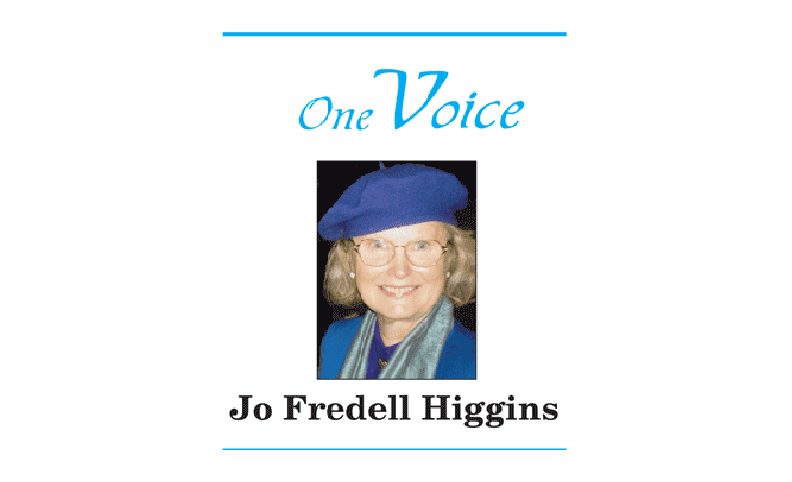
Last of two parts
When the English settlers in the New World in the early 1600s, adapted the foreign soil to their needs, they set off cataclysmic changes. Their animals, insects, and plants literally changed the ground beneath the Native Americans’ feet. The colonists brought in native fruit trees and grapevines. Once it proved profitable, tobacco was planted over huge stretches of land.
From early Spring until the first frost, Virginia Native Americans ate fish close to the shore that they caught with spears, traps, and nets. They used canoes at nightfall to attract night feeders with fires. They found oyster reefs so large that the reefs could sink their boats.
The English settlers disembarked and tools and supplies were unloaded. “Now falleth every man to work,” Captain Smith put it. Smith thought that the land was waiting to be fashioned by labor into a new commonwealth, a new England.
Farm workers began to till the soil and plant the seeds. The breeding stock of 37 chickens were tended to by their elected president of the Council, Wingfield. Most slept underneath the trees and a few had brought tents. Wingfield had in his trunk “divers fruit, conserves and preserves” he had packed and he later claimed that some had been pilfered.
Women loved their children very dearly and made them hardy by washing them in the river even on the coldest mornings and tanning their skins with ointment until no weather will hurt them. Native Americans attacks became frequent. Full-frontal attacks, as well as harassment, ensued. The relentless attacks took their toll on English morale. But then look at the facts. The English settlers were robbing the Native Americans of their homes without mercy.
Within 60 years the English settlers pushed the Native Americans off the most fertile waterfront land. Only 2,000 Native Americans remained. The colonists fenced their fields so that the cattle and pigs were free to trample fields and eat Native American crops and wild edibles. A root eaten in lean months was the tuckahoe. They imported bees for honey, and the honey bees pollinated farms and orchards up and down the East Coast.
On a trip up the river, the leadership of the gentleman Captain John Smith prevailed with the Kecoughtans and they loaded his boat with venison, turkey, wildfowl and corn while singing and dancing in sign of friendship. Smith thought his robust approach to the Native Americans was paying dividends. Back at the fort, Smith distributed the corn, but found that the thanks and appreciation he felt he deserved were muffled by the ravenous stuffing of mouths. After many trials, Smith brought much admiration to the Native Americans such that they considered him a demi-god.
According to historian Seagull one could live in Virginia, “free of serjeants or courtiers or lawyers or intelligencers (informers).” Everyone could find advancement and “never be a slave.” Jamestown was not Utopia “fettered in gold or gilt brooches.” A settlement meant hard work and perservance and a great deal of good luck. And thus it came to be that a motley crew of English Pilgrims transformed, or at least began to transform, the land into a great country.
The first known thanksgiving in English America was celebrated December 4, 1619 at Berkeley Hundred, a plantation approximately 30 miles west of Jamestown. Four centuries ago the English did not discover a New World, but they created one. On the James River, where the process began, plantations, tobacco fields and rolling meadows saw the landscape of the Chesapeake Bay being utterly transformed.
In celebration of the Fourth of July this year, let us remember those who came before us and whose bravery, foresight, and daunting hard work gave us the beginnings at Jamestown of this new Nation, this land of freedom, this United States.

